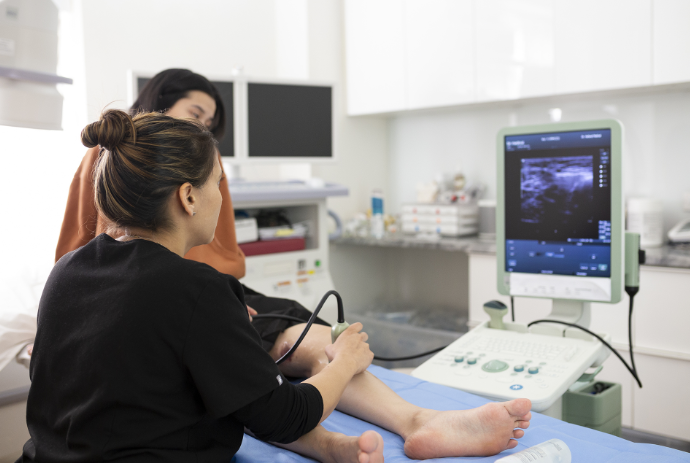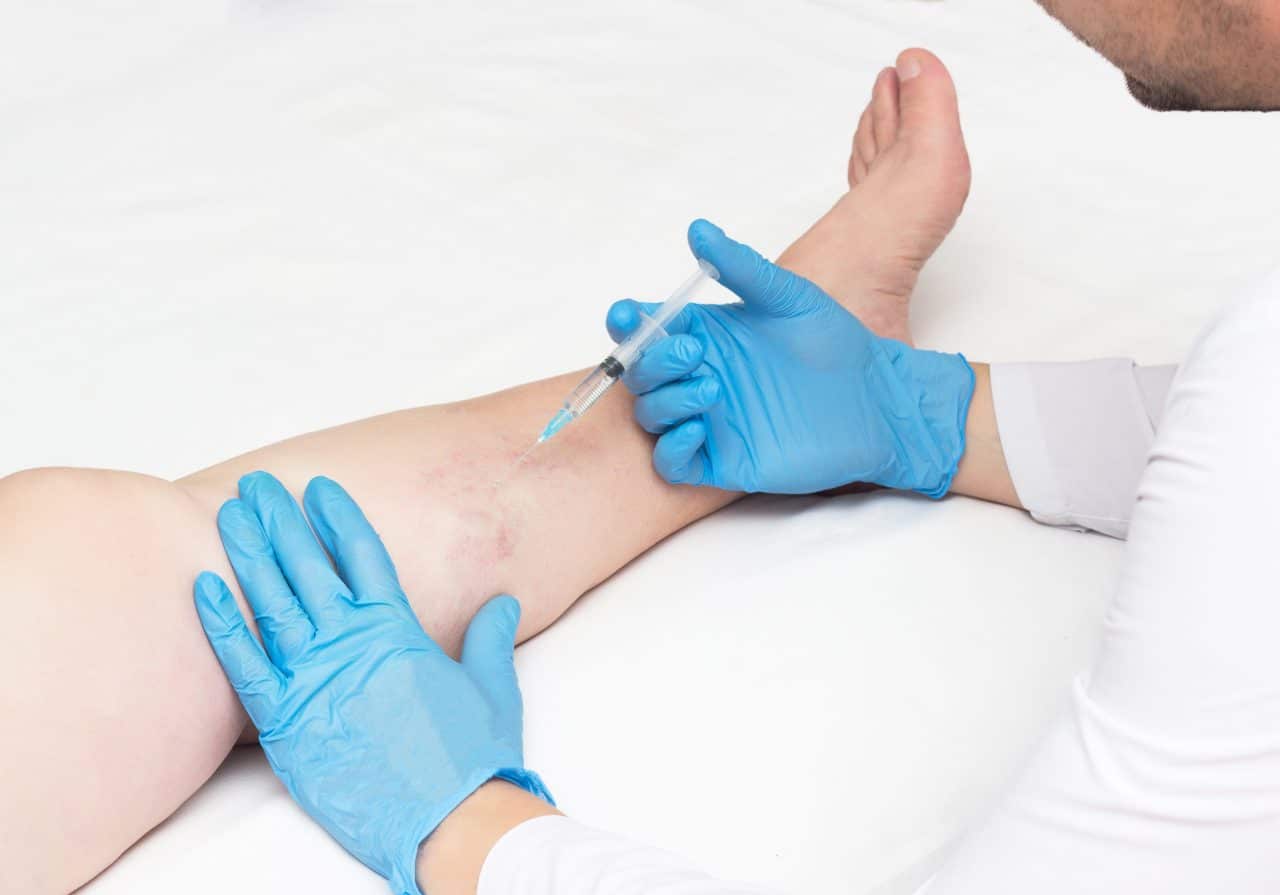How does A Vascular Surgeon Treat Varicose Veins?
Varicose veins and spider veins, often regarded as cosmetic nuisances, can lead to discomfort and pose potential health risks if left untreated. When faced with these vein-related issues, understanding your options and the medical professionals who can provide effective treatment is crucial. In this article, we'll delve into the world of vascular surgeons and their role in treating varicose veins, while also addressing the effectiveness of spider vein removal.
What Doctor Treats Varicose Veins?
Varicose veins are bulging, twisted veins that typically appear in the legs and can cause discomfort, pain, and a cosmetic concern for many. The medical specialists who diagnose and treat varicose veins are vascular surgeons. Vascular surgeons are physicians who specialize in the treatment of disorders affecting the circulatory system, which includes arteries and veins.
Vascular surgeons possess the expertise needed to diagnose and treat a wide range of vascular conditions, including varicose veins. Their extensive training and experience enable them to provide comprehensive care, from diagnostic evaluations to minimally invasive treatments and surgical interventions when necessary.

How Vascular Surgeons Treat Varicose Veins
The treatment of varicose veins by vascular surgeons involves a combination of medical evaluations, lifestyle modifications, and various therapeutic approaches tailored to the severity of the condition. Here's an overview of the steps involved in treating varicose veins:
- Initial Consultation: The journey toward treating varicose veins begins with a consultation with a vascular surgeon. During this visit, the surgeon will conduct a thorough evaluation, which may include a physical examination and the use of imaging tests, such as ultrasounds, to assess the extent and severity of the venous issues.
- Lifestyle Modifications: In mild cases, vascular surgeons may recommend lifestyle modifications as a first step. These can include regular exercise, elevation of the legs, wearing compression stockings, and maintaining a healthy weight. These measures can help alleviate symptoms and prevent the progression of varicose veins.
- Minimally Invasive Procedures: For more significant varicose vein issues, vascular surgeons offer minimally invasive procedures. One of the most common treatments is endovenous laser therapy (EVLT) or radiofrequency ablation (RFA). These procedures involve the insertion of a thin catheter into the affected vein, followed by the application of heat or laser energy to close the vein. As a result, blood flow is redirected to healthier veins, and the problematic vein gradually fades away.
- Sclerotherapy: Sclerotherapy is a widely used treatment for spider veins, which are smaller, superficial veins that often appear as thin red or purple lines on the skin. In this procedure, a special solution is injected directly into the spider veins, causing them to collapse and fade over time.
- Ambulatory Phlebectomy: In some cases, vascular surgeons may perform an ambulatory phlebectomy, which involves the removal of larger varicose veins through tiny incisions. This procedure is typically done under local anesthesia and offers rapid relief from symptoms.
- Surgical Options: In severe cases or when other treatments are ineffective, surgical interventions such as vein ligation and stripping may be considered. These procedures involve the removal or tying off of the affected veins.
Does Spider Vein Removal Really Work?
Spider vein removal, specifically through sclerotherapy, is a highly effective and widely used method for eliminating spider veins. The success of the procedure depends on several factors, including the skill of the vascular surgeon and the patient's adherence to post-treatment care instructions.
Sclerotherapy involves injecting a solution directly into the spider veins, causing them to close and eventually fade from view. The effectiveness of the treatment can vary from person to person, and multiple sessions may be required to achieve the desired results.

While sclerotherapy is generally successful in eliminating spider veins, it's essential to understand that new spider veins can develop over time. Therefore, maintaining a healthy lifestyle, wearing compression stockings as recommended, and following the guidance of your vascular surgeon are essential for long-term success.
Conclusion:
Vascular surgeons play a pivotal role in diagnosing and treating varicose veins and spider veins. Their expertise extends from thorough evaluations to a range of treatment options, including minimally invasive procedures and surgical interventions when necessary. The effectiveness of spider vein removal, particularly through sclerotherapy, is well-documented, offering patients a reliable solution to address these cosmetic and sometimes symptomatic issues. If you're troubled by varicose veins or spider veins, consulting a vascular surgeon is the first step toward achieving healthier, more comfortable legs and regaining your confidence.
Comments
Post a Comment